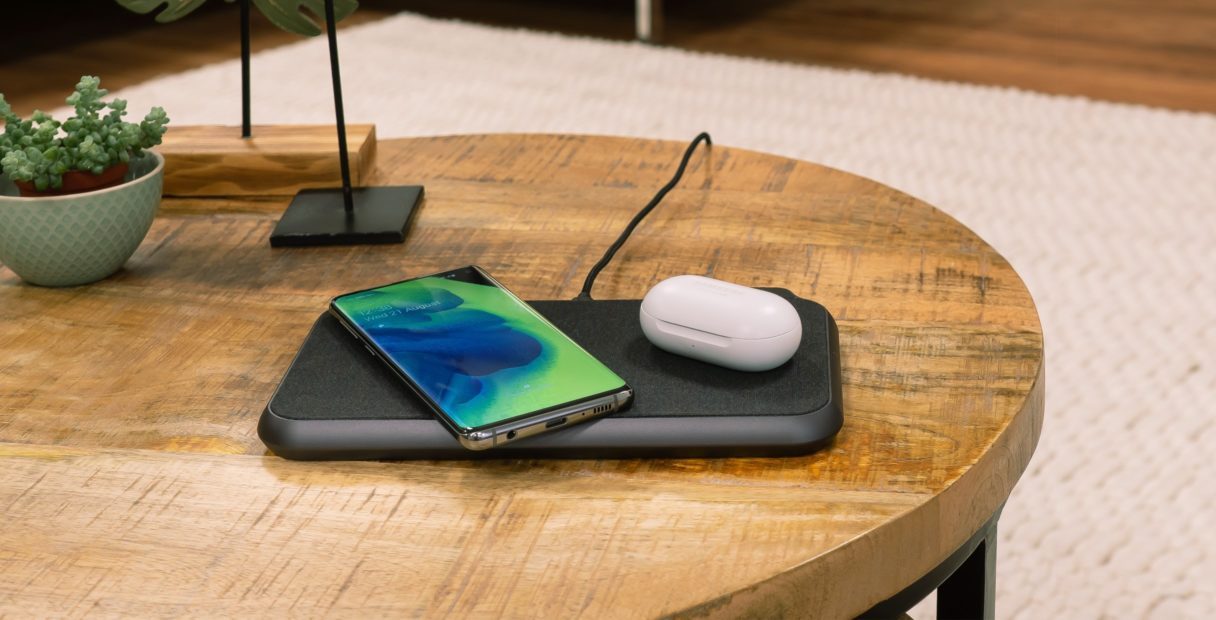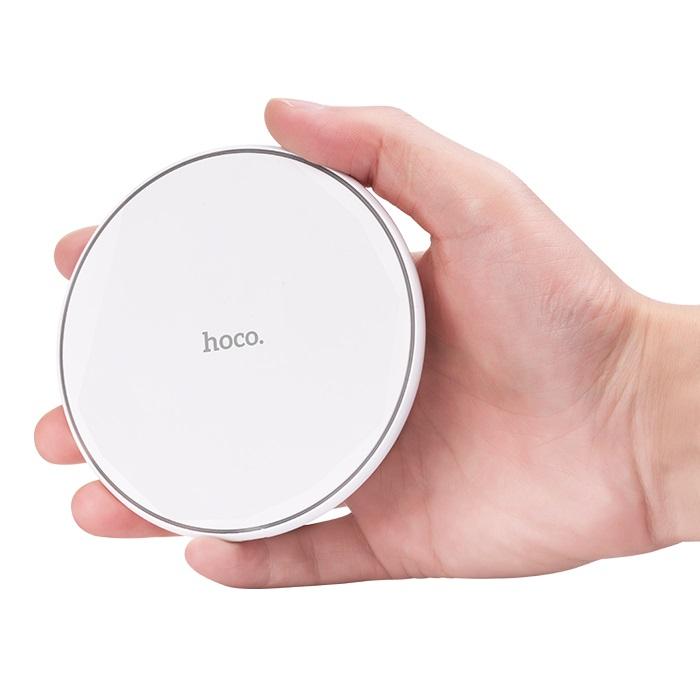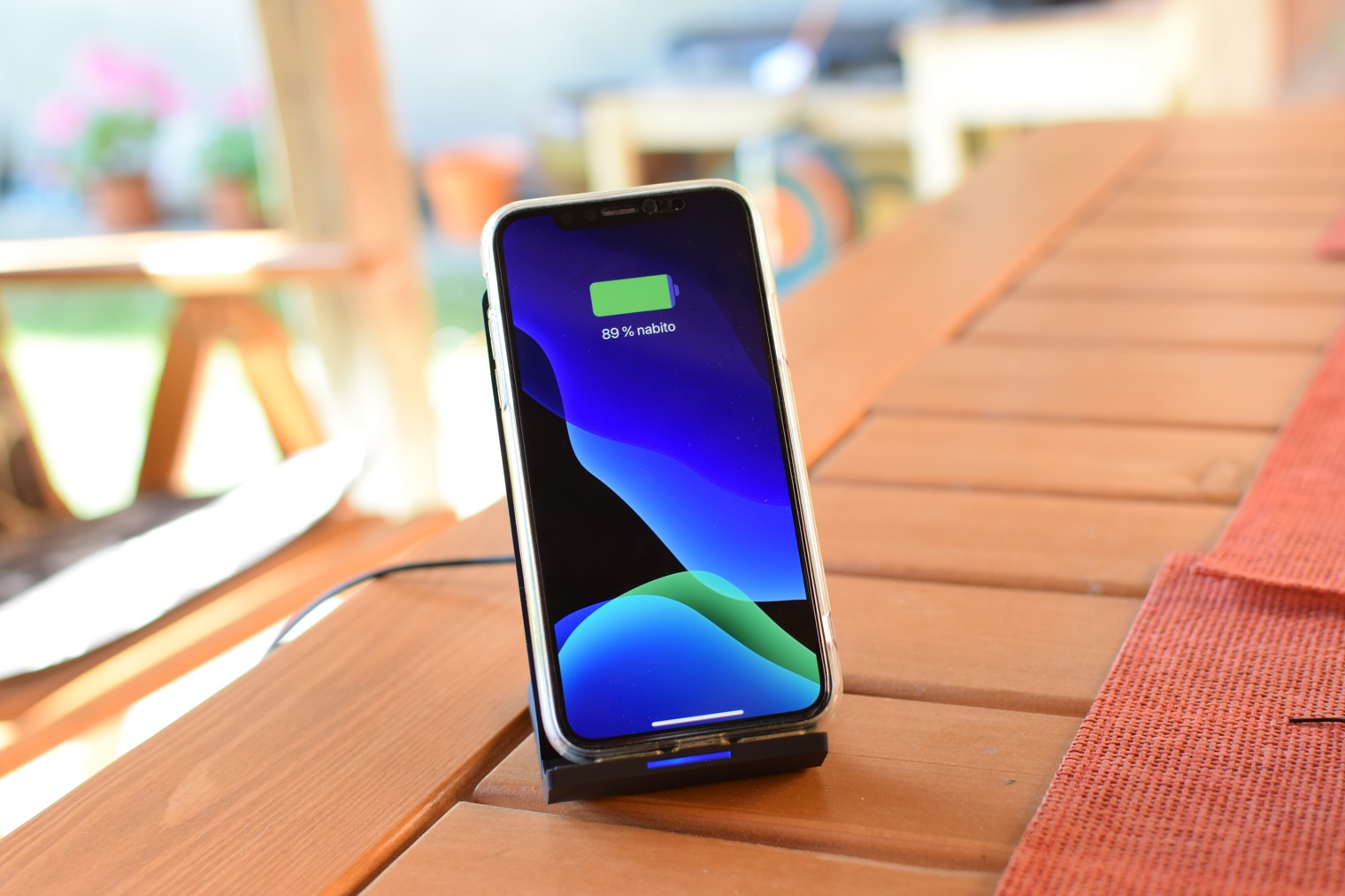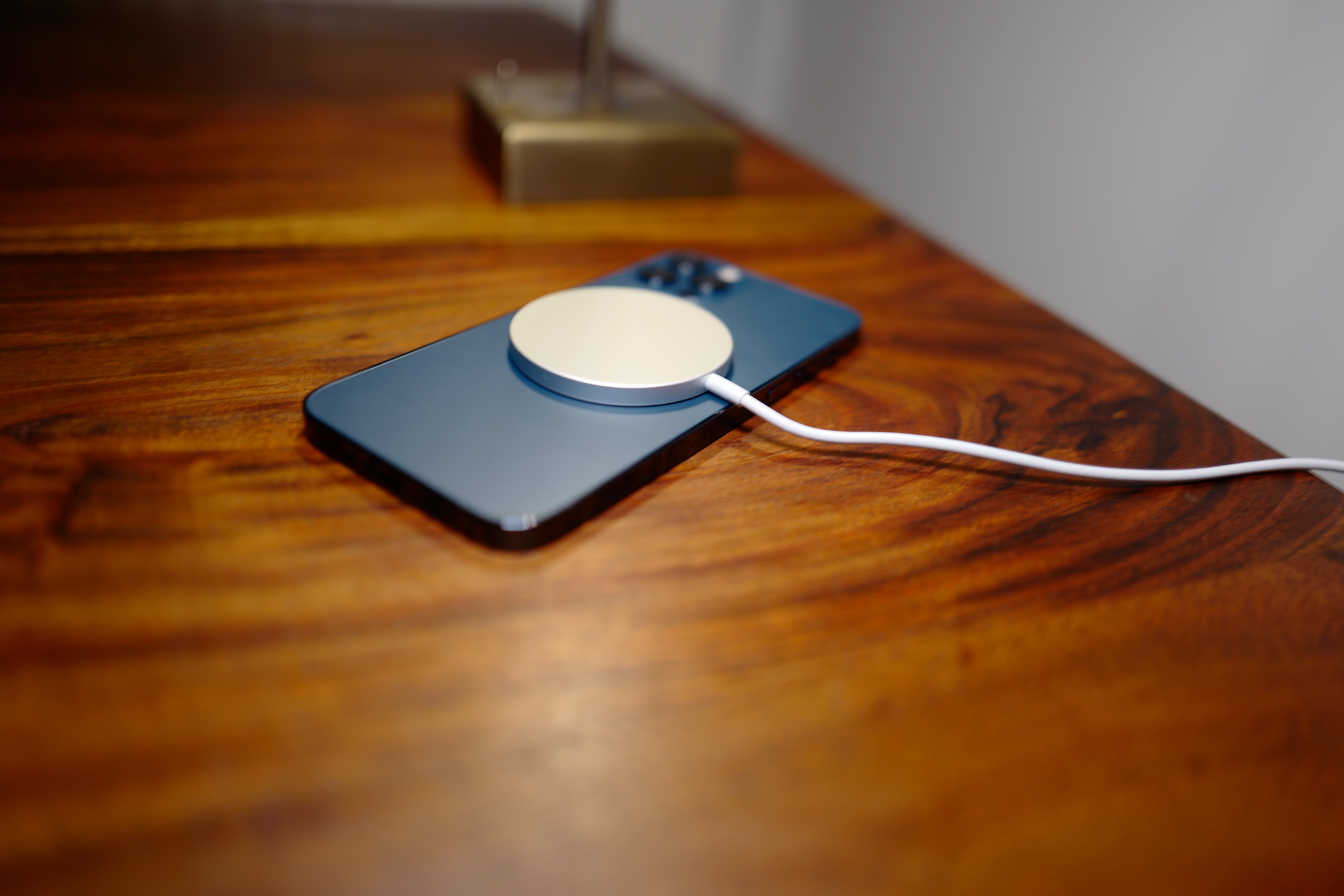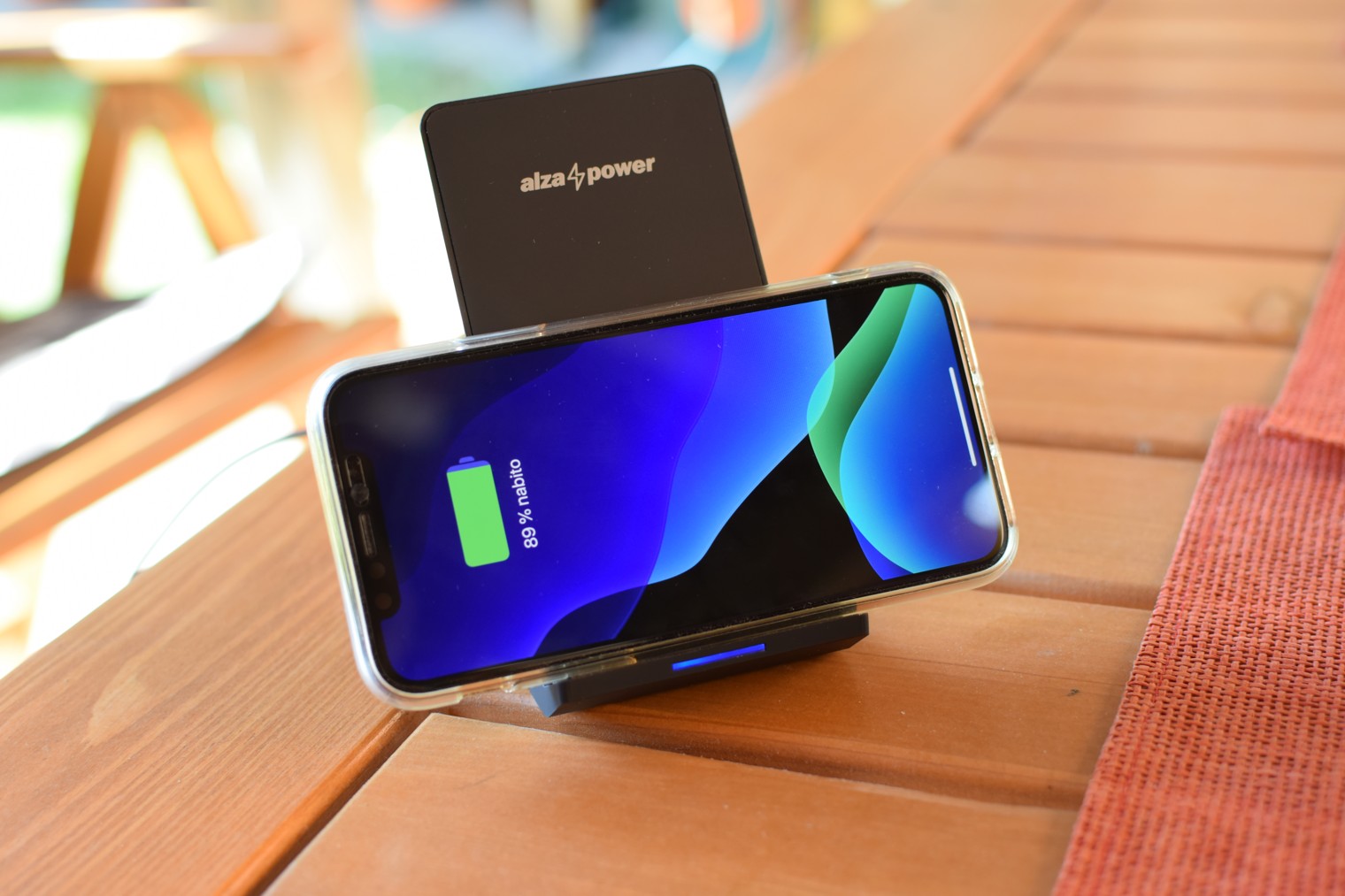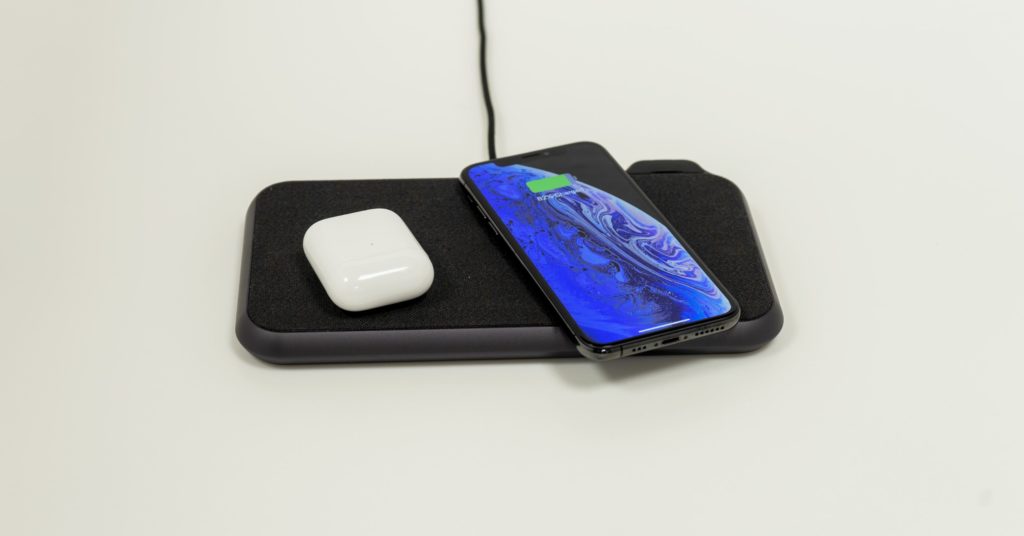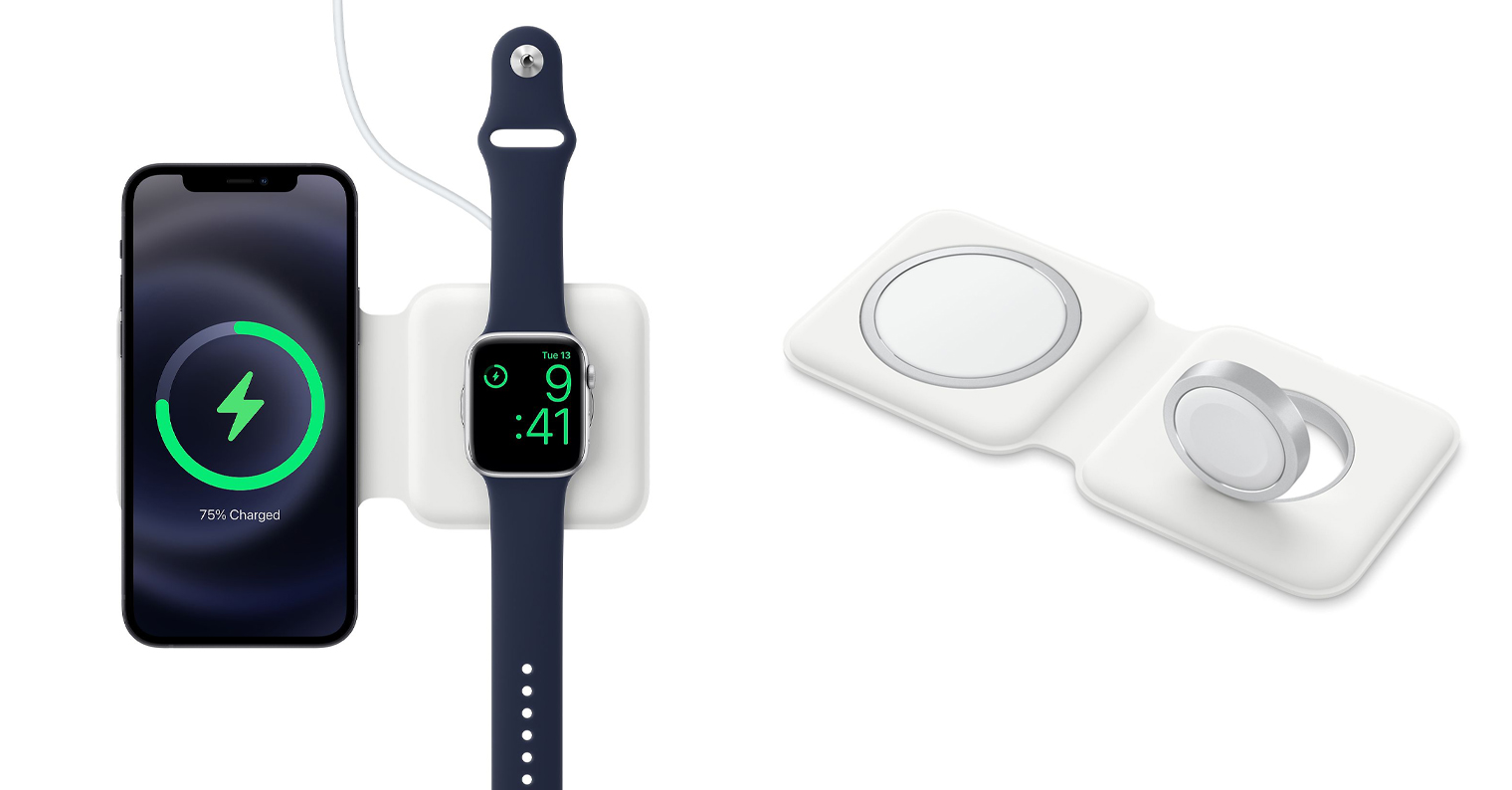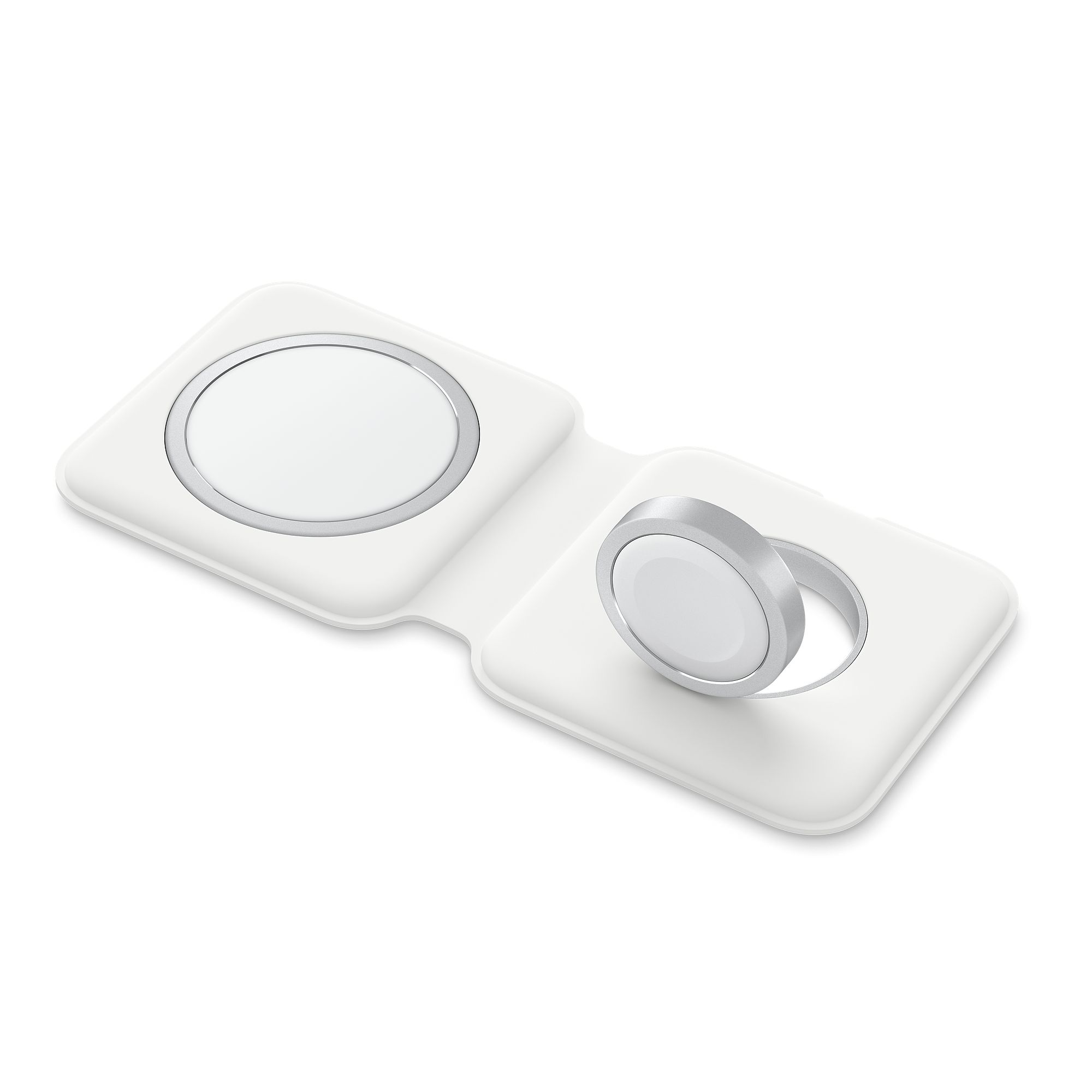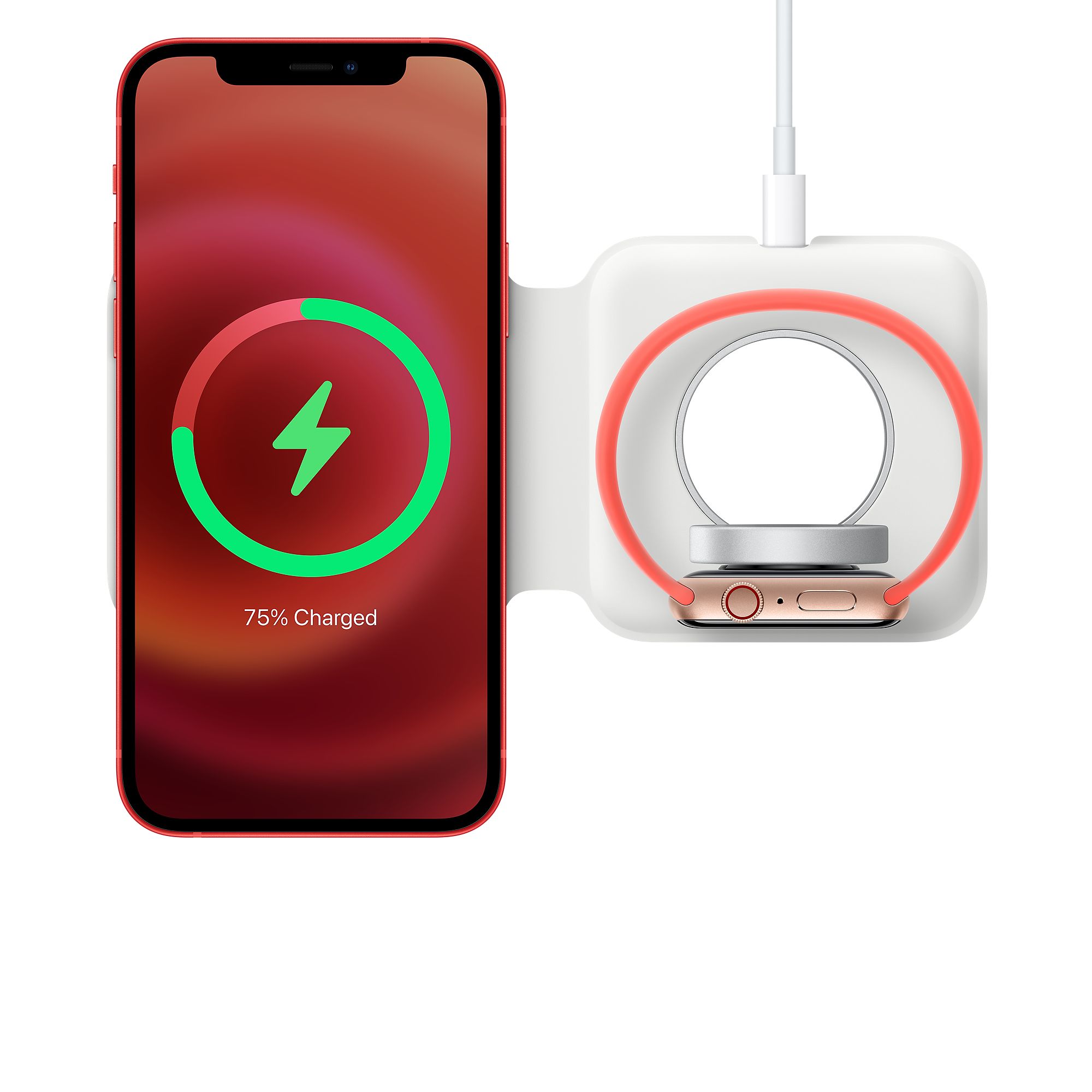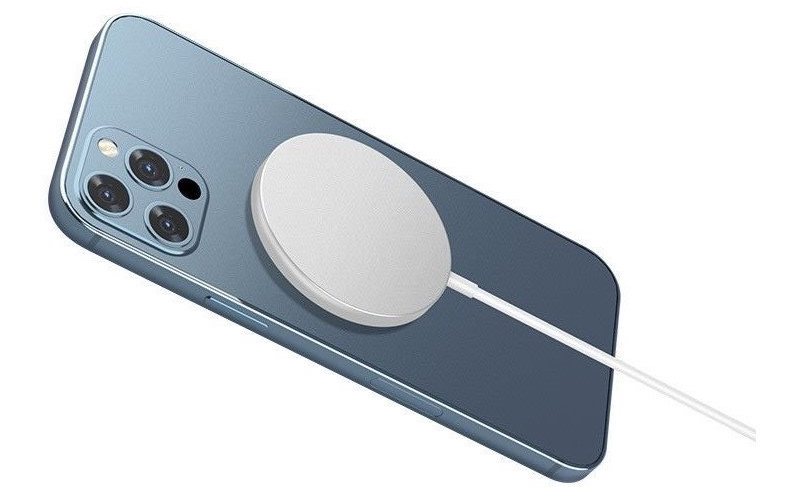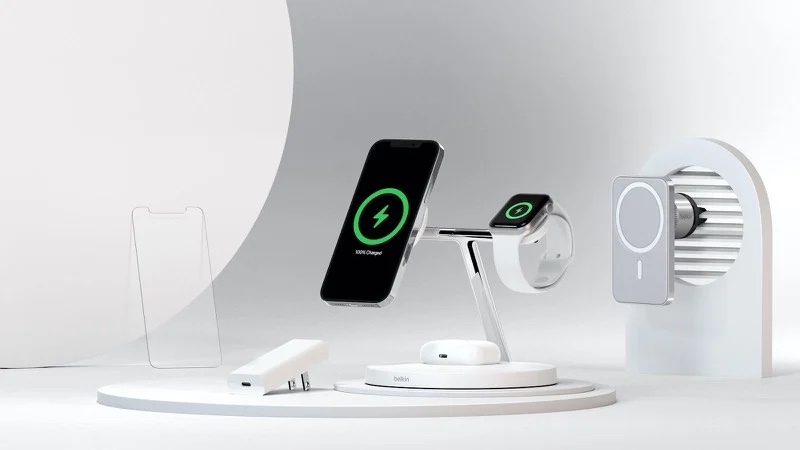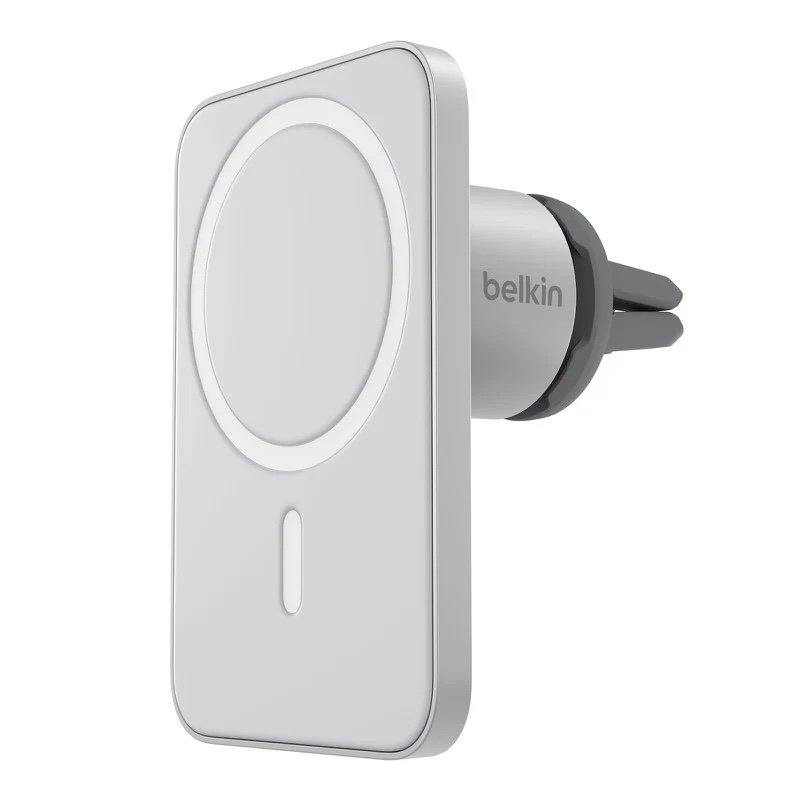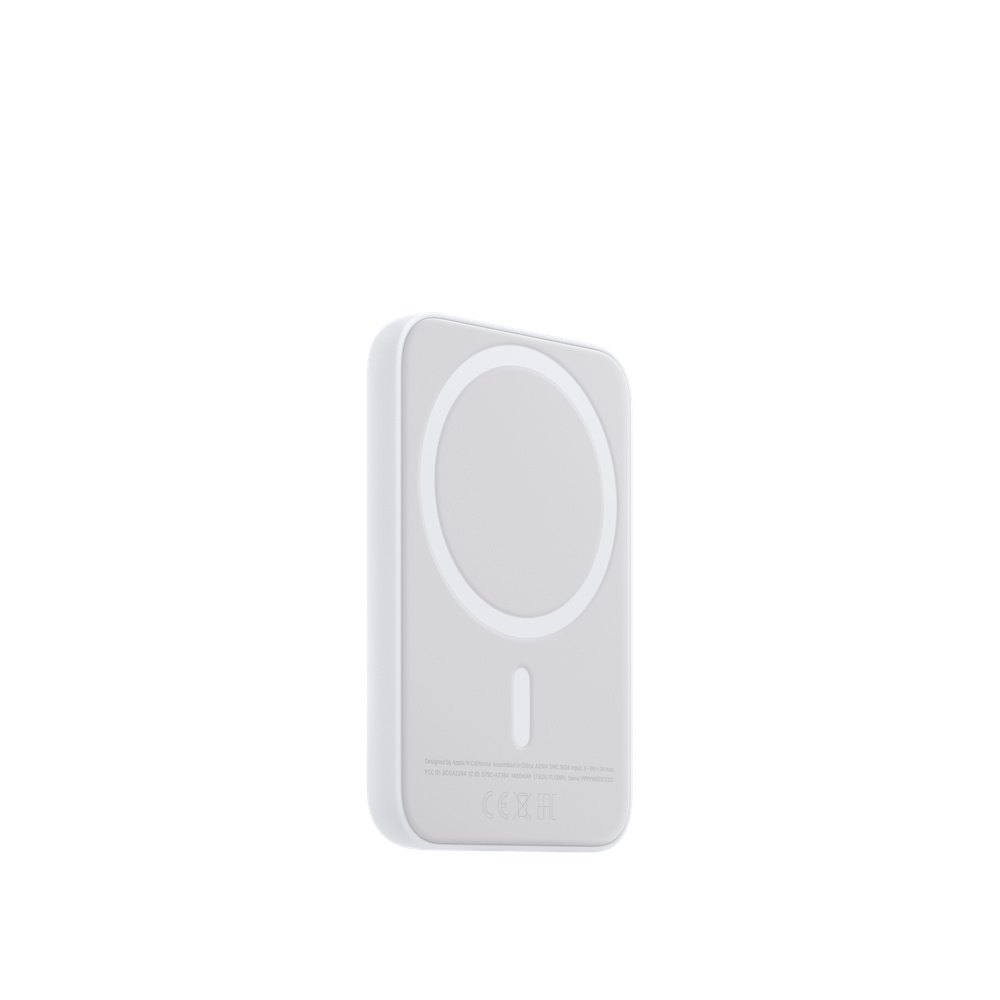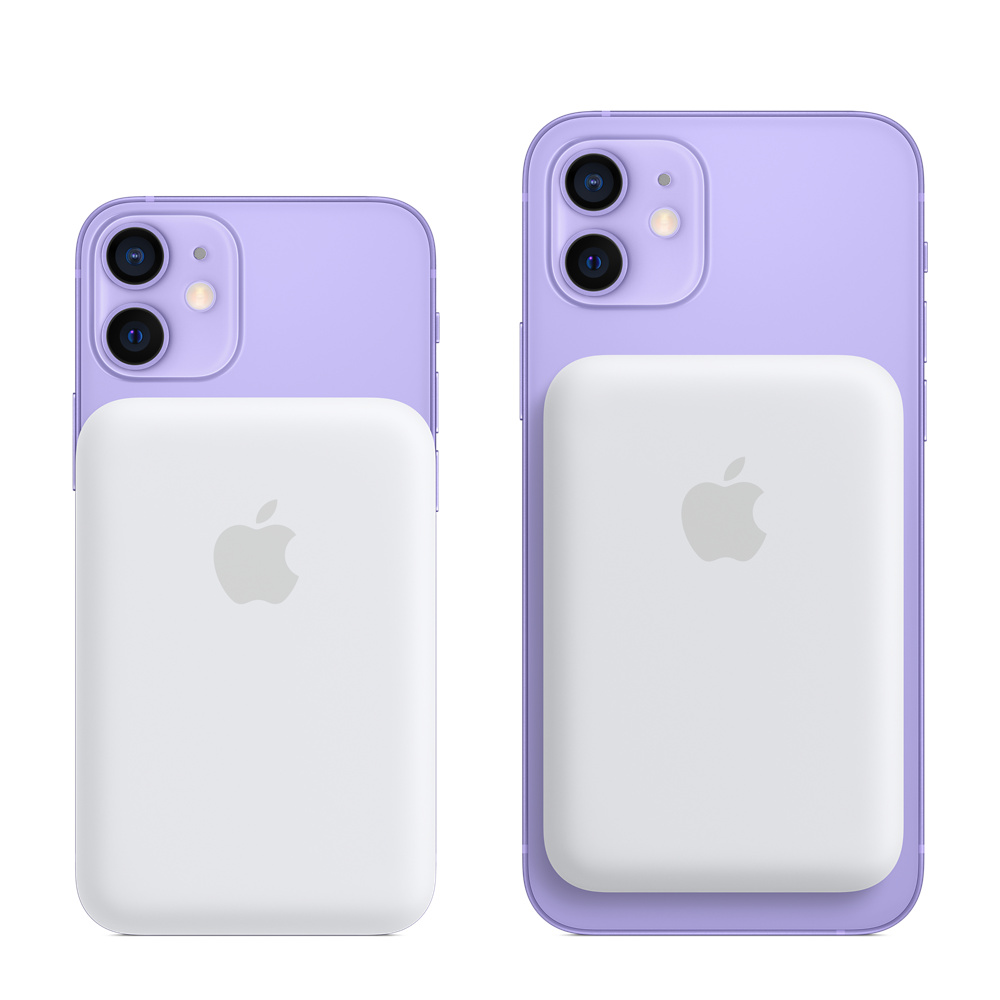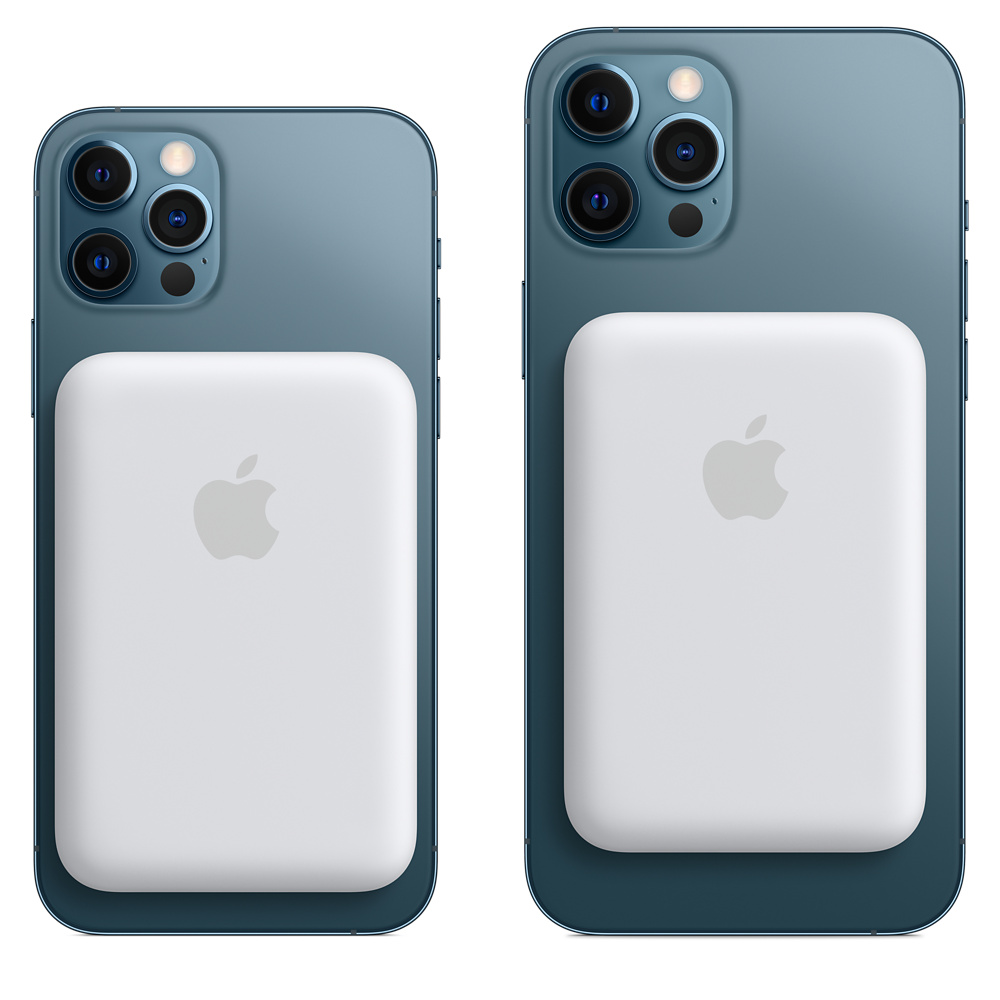Since the iPhone 8 model, Apple phones have offered the possibility of wireless charging. This is particularly intuitive in that you just need to place the phone on the designated charging pad. However, Apple strongly informs that the charger in question has Qi certification. On the other hand, you don't care what brand the charger actually is and whether it is powered by different USB connectors. You simply don't need Lightning for that.
The iPhone is equipped with an internal rechargeable lithium-ion battery, which is the guarantee of the best performance for your device at the moment. So that's what Apple says itself. He adds that compared to traditional battery technology, lithium-ion batteries are lighter, charge faster, last longer and provide higher energy density and longer battery life.
It could be interest you
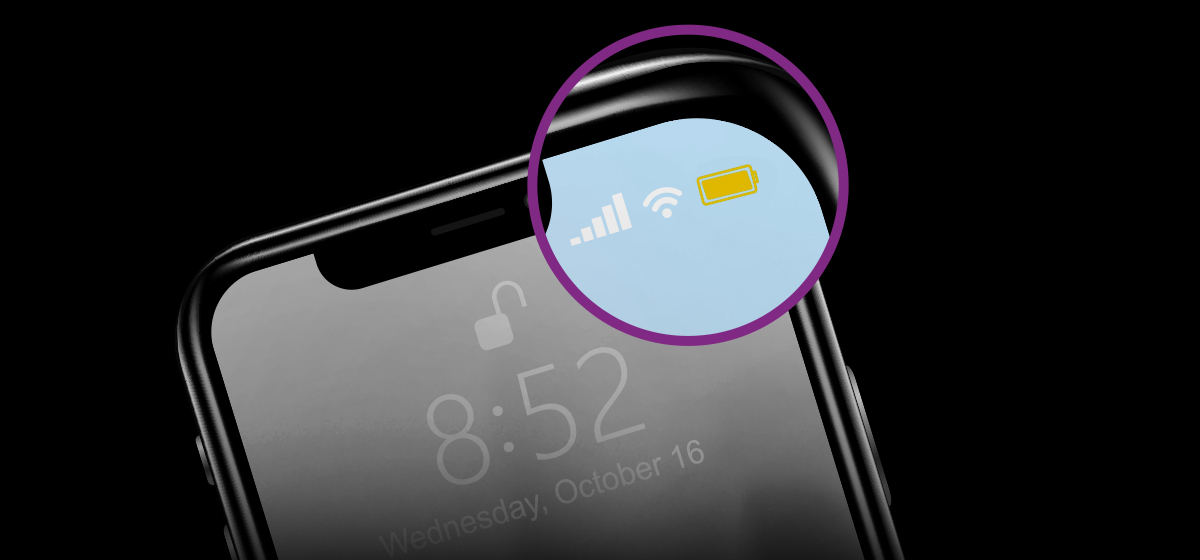
Qi standard for wireless charging
Wireless chargers are available as stand-alone accessories, but you can also find them in some cars, cafes, hotels, airports, or they can be integrated directly into some specific furniture. The Qi designation is then an open universal standard developed by the Wireless Power Consortium. The system used here is based on electromagnetic induction between two flat coils and is capable of transmitting electrical energy over a distance of up to 4 cm. This is also why wireless charging can be used even when the phone is in some kind of cover (of course there are materials in which this is not possible, such as magnetic holders for the ventilation grill in the car, etc.).
As the Czech Wikipedia says, WPC is an open association of Asian, European and American companies from various industries. It was founded in 2008 and had 2015 members as of April 214, among which are, for example, mobile phone manufacturers Samsung, Nokia, BlackBerry, HTC or Sony, and even the furniture manufacturer IKEA, which built power pads of the given standard into its products. The aim of the association is to create a worldwide standard for inductive charging technology.
It could be interest you
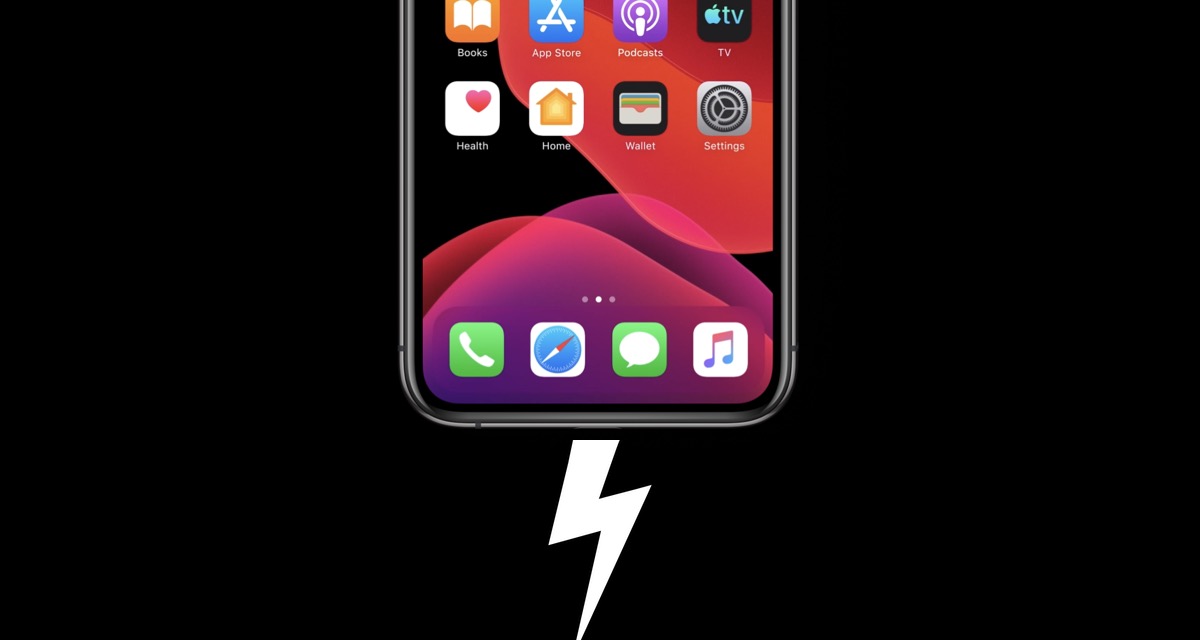
Na website of the consortium you can find a list of Qi-certified chargers, Apple then offers list of car manufacturers, who offer built-in Qi chargers in their car models. However, it has not been updated since June 2020. If you intend to use wireless chargers without the given certification, you run the risk of damaging your iPhone, possibly also your Apple Watch and AirPods. In some ways, it is worth paying extra for certification and not risking that non-certified accessories will damage the device itself.
The future is wireless
With the introduction of the iPhone 12, Apple also introduced MagSafe technology, which you can use not only with many accessories, but also in connection with wireless charging. In the packaging of these models, Apple has also dropped the classic adapter and only supplies iPhones with a power cable. It's just one step away from not even finding it in the box, and two steps away from Apple completely removing the Lightning connector from its iPhones.
It could be interest you
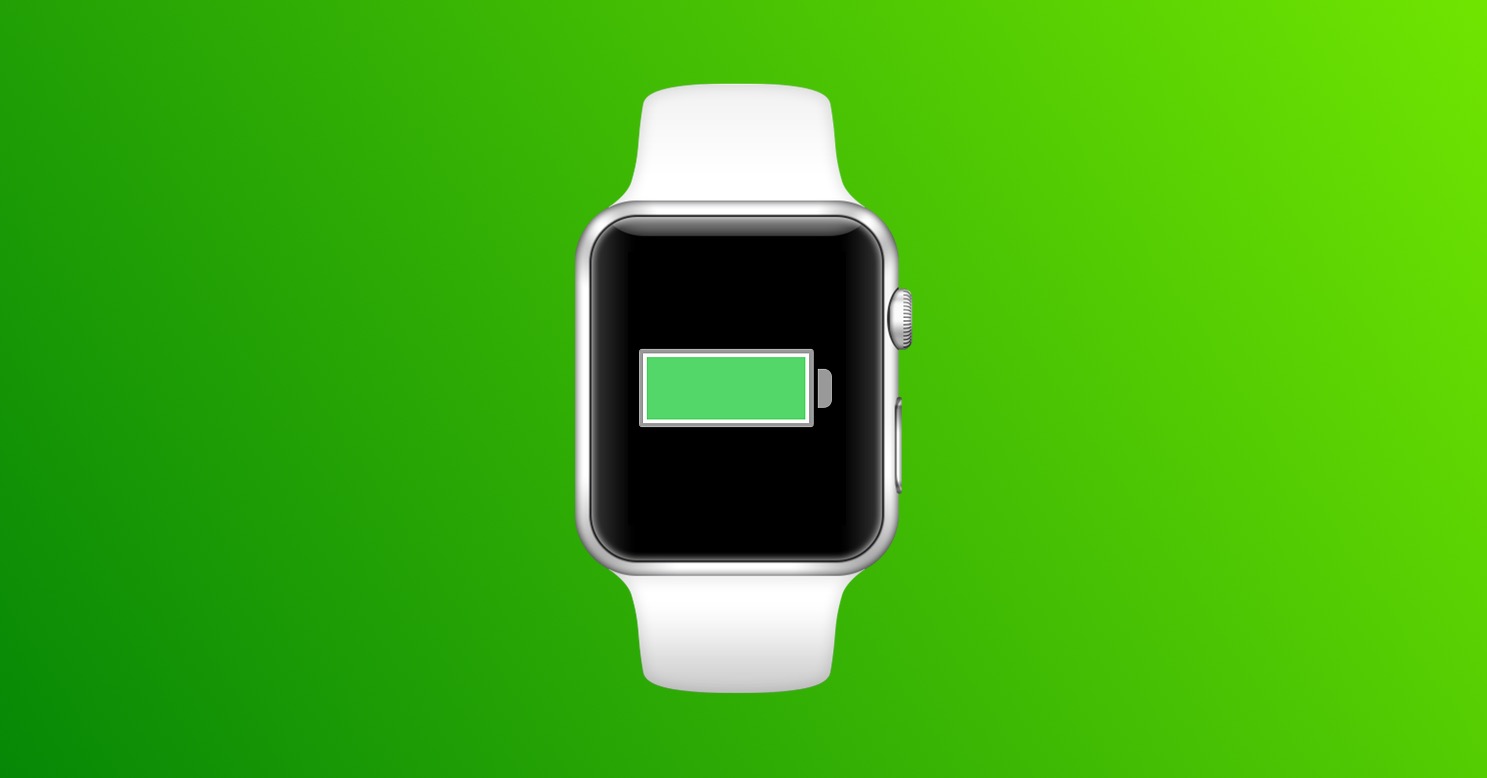
Thanks to this, the water resistance of the phone would increase dramatically, but the company has to figure out how to synchronize such a device with a computer, or how to perform service operations on it, for which it is necessary to connect the iPhone to the computer with a cable. However, such a transition would also mean a drastic reduction in the production of e-waste, since you can use one charger with all your devices with wireless charging.
 Adam Kos
Adam Kos 